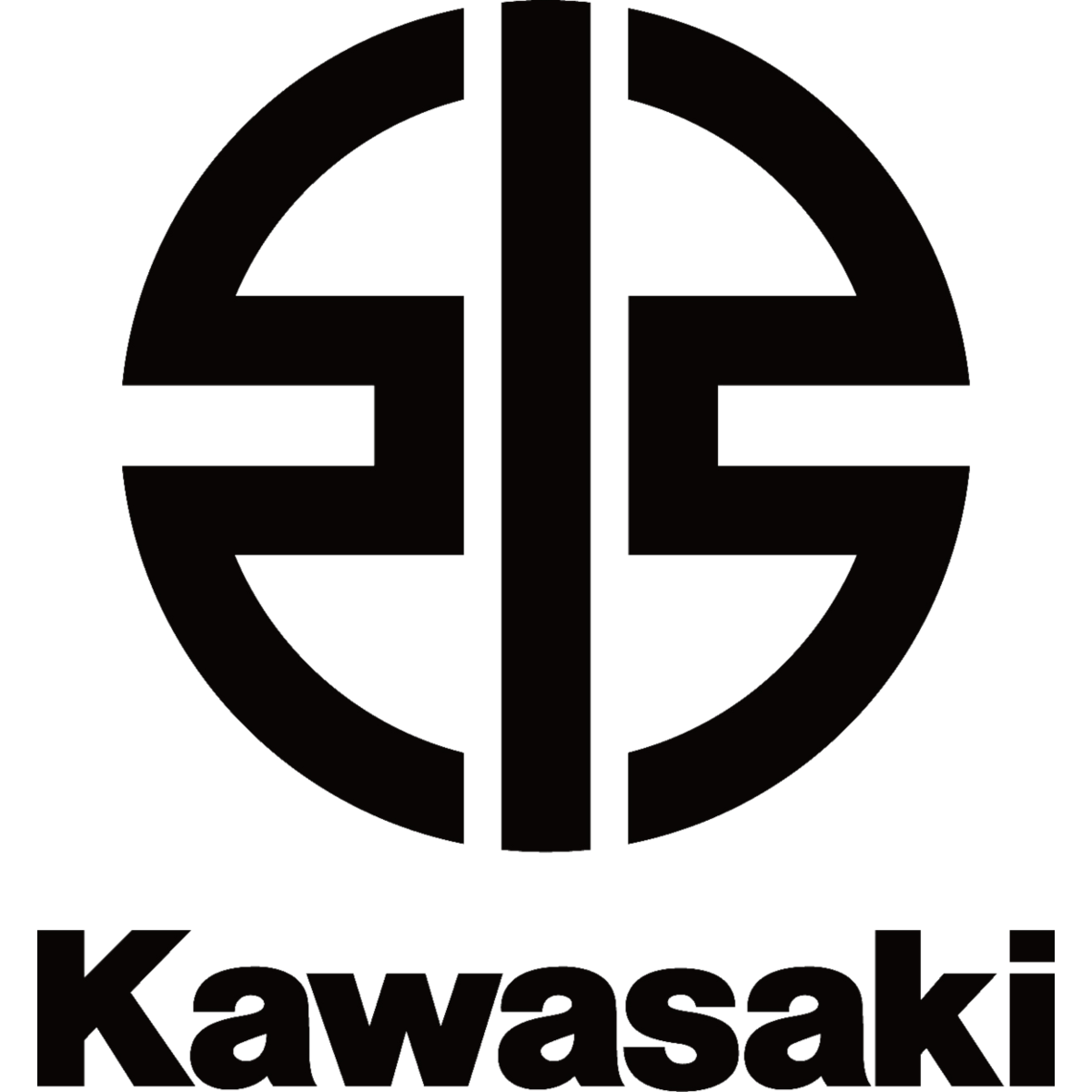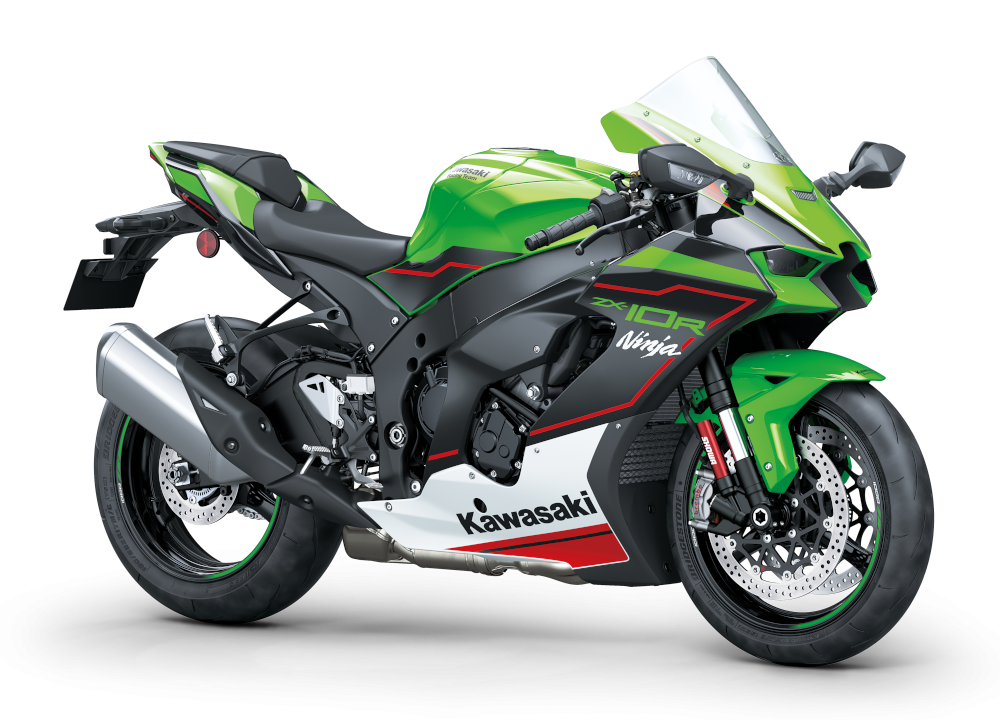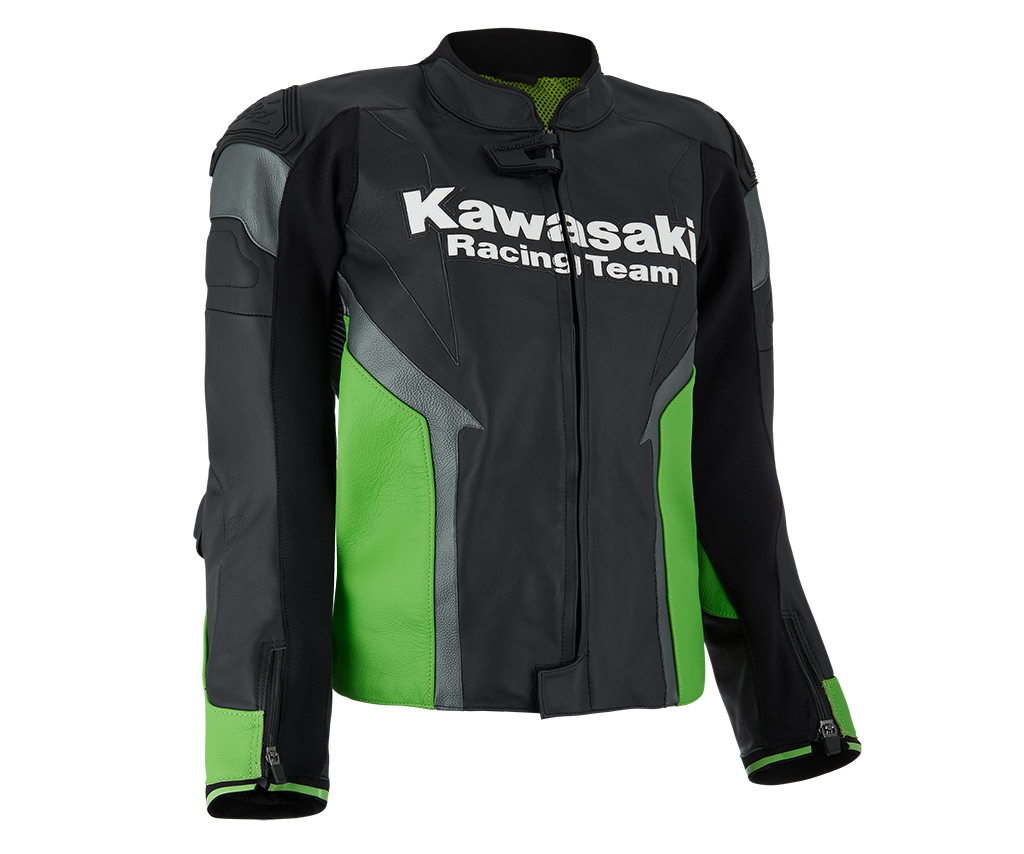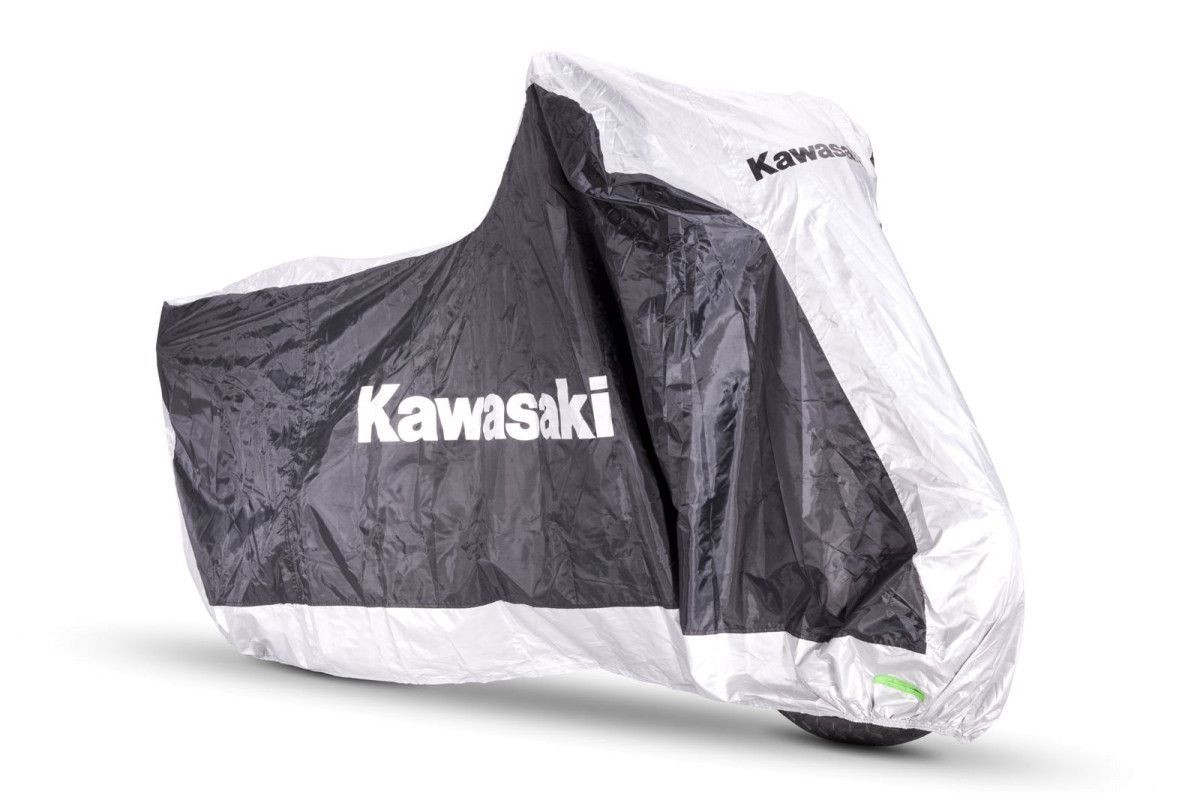KAWASAKI - A GLOBAL BRAND
“Our aim is to give riders more control over Kawasaki's high-performance motorbikes without forgetting the satisfaction of riding.”

Kawasaki's motorbike and engine division is the only part of Kawasaki Heavy Industries, Ltd. that supplies products directly to individual customers.
The company produces a wide range of products including motorbikes, four-wheeled vehicles (ATVs, UTVs, RUVs), Jet Ski®, internal combustion engines for a wide range of applications that are supplied to manufacturers of, for example, garden equipment around the world. The creator of the Kawasaki brand was Shozo Kawasaki. It all began in 1878. KAWASAKI HEAVY INDUSTRIES is a global company operating in many industries and is at the forefront of creating and implementing modern technology.
Kawasaki began series production of motorbikes in 1962 with the B8125. The engine for this vehicle was built on the technical knowledge gained from the design of aircraft engines. The continuous development of new technologies allowed the business to seamlessly expand into the motorbike industry. Over the years Kawasaki has designed many market-shaping models that have become legends of power and speed. 1996 was a landmark year for Kawasaki, with the 10,000,000th vehicle produced, which became a symbol of KHI's ability to cater to the wide range of needs of the brand's riders and customers. Kawasaki's mission is to 'create a better tomorrow' and the latest vehicles have already achieved legendary status.
Kawasaki today is:
- aerospace, shipbuilding
- marine, rail
- energy and services
- ecology and recycling
- machinery and robotics
- infrastructure
- motorisation - the passion, style and power of singletrack
Kawasaki Heavy Industries Ltd. (KHI) builds state-of-the-art transportation systems for the 21st century. This is aided by over 100 years of comprehensive experience and a heritage of technological thought. Maritime fleets are getting bigger, faster and automated, with a smaller appetite for energy. Kawasaki is a forerunner in the development of LPGD ship power technology. Other technologies used in aviation have found their way into the development of maritime transport, with the 'Jetfoil' TurboJET, which accelerates over water to 45 knots, being a prime example. Another project that has been completed at the Japanese shipyard is called the 'Techno Superliner'. The new vessel is designed to carry loads of up to 1,000 tonnes at 50 knots.
KHI has been producing the trains of the famous Shinkansen Bullet railway for many years. It is now working on the next generation of high-speed Shinkansen trains, which are expected to travel at an average speed of 240 km/h. Kawasaki's expertise goes beyond rolling stock development and production. Kawasaki engineers have integrated systems, enabling mileage, inventory control and rolling stock repair.
In aviation technology, Kawasaki is involved in aircraft engine design. Kawasaki manufactures the MBB K117 helicopter and parts for modern Boeing passenger aircraft. KHI is involved in the research and development of an environmentally friendly small aircraft engine. Kawasaki is a leading player in the Supersonic Transport Project (SST). The aircraft will travel at altitudes of 60,000 - 90,000 metres at speeds of Mach 2.5, with a passenger compartment for 200 - 300 people.Kawasaki's technologies extend beyond the Earth's atmosphere.
Kawasaki also cooperates with NASDA, now the Japan Aerospace Exploration Agency (JAXA). At the 'N' space rocket launch base complex, Kawasaki is collaborating on an experimental geodetic satellite project. Kawasaki's Civil Engineering Department has contributed to the expansion of cities, new bridges and high-rise buildings. A success story is its participation in the construction of the Euro-tunnel linking France and England, where the builders used two drilling rigs designed and built by KHI. The company built the world's largest rig for the construction of the 46m diameter Trans-Tokyo Bay highway bridge. When the route is completed, it will be the longest suspension bridge in the world.
Kawasaki does everything in its business to stay in harmony with nature. It promotes environmentally friendly solutions, focusing on technology and alternative energy sources that contribute to environmental protection. An outstanding example is the Combined Cycle Power Plant (CCPP), which uses natural gas to start the turbines that drive the power generators; the heat from the exhaust gases is used to produce additional electricity. The recycling system uses city heat to heat water and for the chillers to reduce the emissions generated by the power plant.






